A Recipe for Cooking Up Astronomical Images
Jayanne English
Back to Table of Contents
Here we give a brief overview of the four visualization stages in order to have a general idea of the process before getting into the technical details. The next section, Technical Instructions for Each Visualization Stage, will describe the process in detail.
Visualization Stages
Visualization manipulation occurs after the raw data have been
processed to remove electronic noise. (The processed data are usually
in FITS format, which allows one to make measurements from the data.)
Initially work on a low resolution image (i.e. reduce the
dimensions by combining pixels together or reducing the number of
pixels). Artists call this a thumbnail sketch. Then you can quickly
produce a number of strategies (ways of combining colour and
other compositional elements) and determine the optimal one. Then
you can re-work your strategy on the full resolution dataset.
It should take 1-2 weeks to make a satisfying image.
This example uses HST data in the visual range of the spectrum.
(For more about this interacting group of galaxies see
Hubble Watches Galaxies Engage in Dance of Destruction.)
- Stage 1: Display the intensities in these Black and White data
using a mathematical "stretch" which allows the viewer to see very
faint and very bright regions simultaneously.
|
Original Image |
Stretched Image |
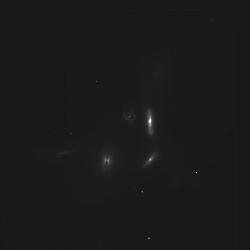 |
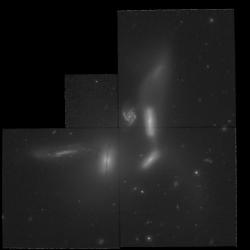 |
- Stage 2:
Assign colour to the black and white images. To make a colour image
you need preferably 3 or more sets of data (A dataset is initially
monochromatic and in Stage 1 you produce a black and white image for
each dataset.)
|
Filter |
Black and White Stretch Image |
Colour Assigned to
Image |
|
Ultraviolet |
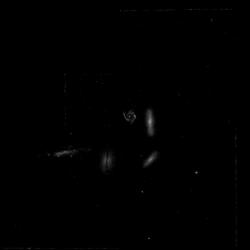 |
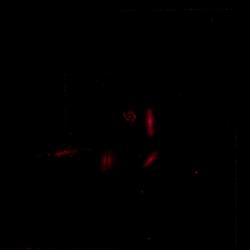 |
| Blue |
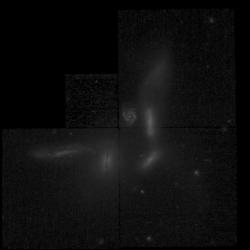 |
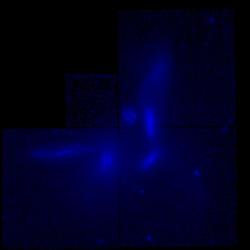 |
| Visual |
 |
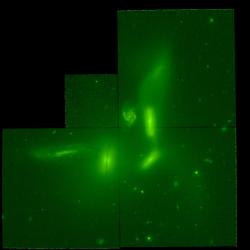 |
| Infrared |
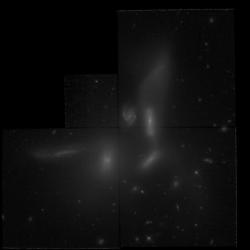 |
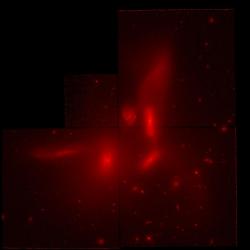 |
- Stage 3:
Combine the colour images:
Each colour image is placed in a "layer" in an image editting package.
Setting the display mode in a particular way allows each image to
appear like a transparency (or positive slide) projected onto the
other images. The layers are adjusted to reduce noise and to enhance
the light/dark contrast and colours. Once satisfied, this multilayered image
is copied to a new single layer file, producing the first draft
of your colour image.
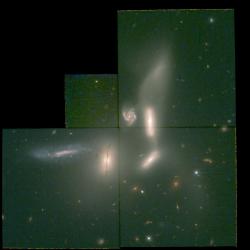
- Stage 4: Final Adjustments. The draft of the colour image
is adjusted for contrast, cosmetic defects are removed and an
orientation is selected.

The next section will describe each of these stages in more detail. Click here to go to the Technical Instructions for Each Visualization Stage section.
Back to Table of Contents

![]()
![]()
![]()
![]()
![]()
![]()
![]()
![]()
![]()
![]()
![]()
![]()